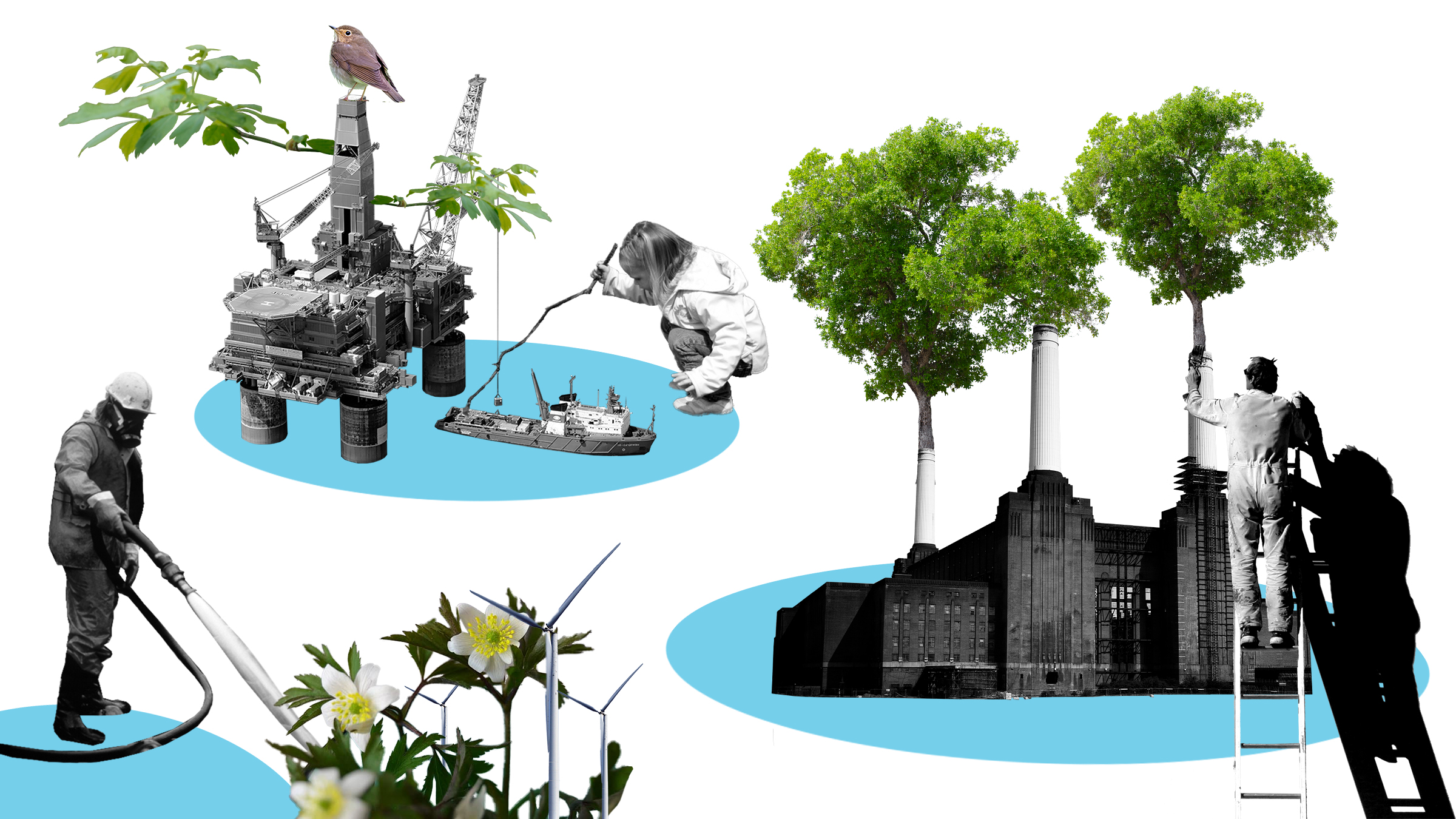A transition to a circular economy The circular economy An economic model which does not focus on producing more and more goods, but in which consumption is based on using services – sharing, renting and recycling – instead of owning. Materials are not destroyed in the end, but are used to make new products over and over again. Open term page The circular economy changes the way our societies operate. The transition has often been viewed as a technological or an economic issue, but as the change takes place, it will have remarkable impacts on people.
One thing that will change are jobs: some jobs will disappear, new jobs will emerge and many jobs will change in nature.
A new report looks into the current literature on circular jobs
A new report by the International Institute for Sustainable Development (IISD), funded by Sitra, summarises the current literature addressing the relationships between a circular economy and its net impacts on jobs.
The report states that while the concept of a circular economy has been around for more than a decade, there is still no unanimity on a definition of what a circular economy looks like in practice, including what kinds of jobs fit the description and which are affected by the transition to a circular economy.
This means that across current publications and approaches there is still a mixed analysis of the impacts a circular economy has on jobs.
Positive employment impacts, but how positive exactly?
Estimates about the impacts a circular economy has on employment depend on the kind of definition applied to the circular economy, as seen by the following differing evaluations.
- According to the International Labour Organization (ILO), changes in energy production – including the generation of renewable energy, greater efficiency, adoption of electric vehicles and increasing efficiency in buildings – can create a net gain of 18 million jobs throughout the world economy.
- Of 163 economic sectors analysed by the ILO, 14 show employment losses of more than 10,000 jobs worldwide, and only two (petroleum refining and the extraction of crude petroleum) show losses of one million jobs or more.
- According to the Club of Rome, a full adoption of a circular economy would create more than 75,000 jobs in Finland, 100,000 in Sweden, 200,000 in the Netherlands, 400,000 in Spain and 500,000 in France by 2030.
- The Global Climate Action Summit estimates the creation of over 65 million new low-carbon jobs by 2030.
While the estimates differ, a majority of experts foresee positive employment effects. However, the number of jobs created by a transition to a circular economy is relatively modest.
While there are numerous ex ante macroeconomic modelling studies that show how a circular economy can lead to net job creation, there are still very few such ex post studies, apart for those looking at green job creation in the renewable energy sector (Liu et al. 2020). This is mainly due to the lack of robust circular economy employment data in the solid waste management and recycling sector.
How to create circular jobs?
IISD also conducted a study that identifies six proxy measures for obtaining a greater understanding of job growth potential in a circular economy.
Rather than looking at an economy as a whole, the study focuses on individual sectors and measures. The six proxy measures were chosen based on their sectoral constitution in material and energy efficiency, recovery, repair and recycling.
The chosen proxy measures were material efficiency, waste recycling and reuse, industrial ecology, energy efficiency, renewable energy and green procurement.
The study presents insights into the job trends and job growth potential under a closed-loop approach. All six measures present positive net benefits in job creation (direct and indirect) and induced economic impacts.
However, industrial ecology and green procurement work more as enablers than direct job creators.
In addition, green procurement is also an enabler of social benefits within local businesses. By benefiting small and medium-sized enterprises and vulnerable groups, green procurement leads to local job creation and is aligned with decent work principles.
As a whole, jobs linked to these six circular economy proxy measures are more labour-intensive than fossil-fuel-related jobs and are able to decouple economic activity from GHG emissions. Therefore, collectively and individually, these proxy measures present opportunities to transition to a closed-loop economic approach.



















Recommended
Have some more.